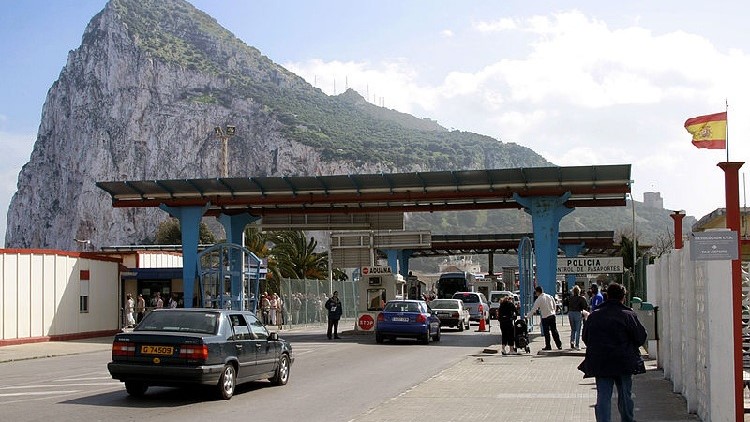The EU's post-Brexit Entry/Exit System (EES), initially scheduled to launch in November, may face further delays according to recent reports.
In August, EU Home Affairs Commissioner Ylva Johansson confirmed that the new border checks would take effect on 10 November.
“The moment is finally there. There may have been times you believed it will never happen,” Johansson said during a visit to the Tallinn-based eu-LISA, the EU agency in charge of the IT infrastructure behind the EES.
“But it's going to happen. Everything is coming together. We're in the final testing phase. There is a real momentum now. Carriers, operators, train stations, airports, everyone is getting ready for the big day.”
Originally set for 2022, the EES has faced numerous delays due to IT problems and slow installation of the necessary automated barriers at international land, sea, and air borders in the Schengen Area.
However, The Guardian reports that three countries—Germany, France, and the Netherlands—have raised concerns over the lack of on-site trials of the technology, potentially causing further delays. These nations reportedly indicated that they are not yet ready to implement the system.
So far, EU authorities have not provided an official update, and Frontex, the EU's Border and Coast Guard Agency, has declined to comment.
Once operational, the EES will introduce new border controls for non-EU travellers entering the Schengen Area.
Who will need to use the EES?
The Entry/Exit System is designed as an automated registration process for UK / Gibraltarian and other non-EU travellers who do not need a visa to enter the EU. Travellers will be required to scan their passport or travel document at a self-service kiosk whenever they cross an external EU border.
The system does not apply to legal EU residents or citizens, nor to those holding long-stay visas.
The EES will register the traveller’s name, biometric data, and the date and location of entry and exit. Facial recognition and fingerprint data will be collected every three years, allowing for multiple entries during that time.
It will be in effect across all EU member states except Cyprus and Ireland, and also cover four non-EU countries in the Schengen Area: Iceland, Liechtenstein, Norway, and Switzerland.
The system is being introduced to strengthen border security and track travellers who overstay the 90-day limit within a 180-day period in the Schengen Area.
“With the EES we will know exactly who enters the Schengen area with a foreign passport,” Johansson said.
“We will know if people stay too long, countering irregular migration. And the EES will make it harder for criminals, terrorists or Russian spies to use fake passports thanks to biometric identification, photos and fingerprints.”
Will the EES cause travel delays?
Concerns have been raised in Gibraltar, that the EES could lead to longer waits at the frontier. A European Council report, published by non-profit Statewatch, highlights that several countries are worried about having insufficient time to test the system before its launch.
French authorities, who will manage EES border checks at the UK’s Port of Dover, Eurostar, and Eurotunnel, are working with the UK government to minimize the system's impact on traffic and border flows, though they remain concerned about potential delays.
UK government representatives and tourism industry officials expect long queues for ferry traffic between Dover and Calais due to the new system. Guy Opperman, a UK transport minister, explained that the scheme will have a “six-month soft launch” to ease the transition.
“If one got to a situation where there were a certain amount of queues or delays, then the provisions of the precautionary flexibility measures allow for much greater freedom of passage of vehicles, coaches, HGVs and cars,” he said. “That takes care of so much of the queuing, so many of the complications.”
Other countries are also finalizing their EES implementation plans. The European Commission has indicated that a phased and flexible rollout might be necessary to avoid excessive delays at borders.
Is ETIAS still on track?
Around six months after the EES launches, the EU will introduce the European Travel Information and Authorisation System (ETIAS).
Unlike the EES, which tracks border crossings, ETIAS will require non-EU citizens who do not need a visa to obtain travel authorisation before entering the Schengen Area for short stays.
ETIAS was originally planned for November 2023, but the European Commission has postponed its launch to 2025. While no specific date has been given, the EU has suggested ETIAS will be implemented five to six months after the EES, likely with a gradual rollout.
Travellers will be able to apply for ETIAS online at a cost of €7. Once approved, the authorisation will be electronically linked to their passport and remain valid for three years.
